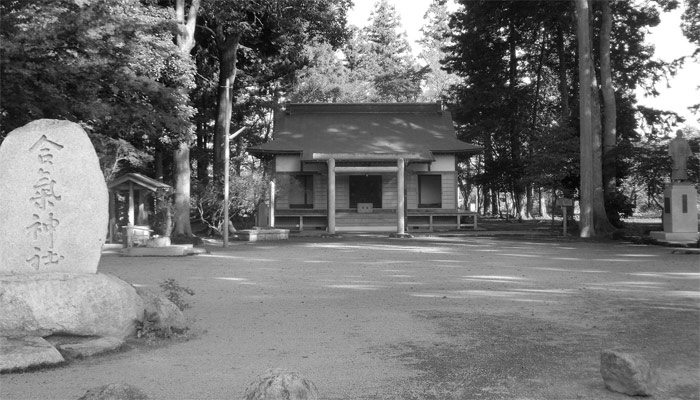-
Aiki Jinja: Bridging Spirituality and Martial Arts in Iwama
Nestled in the tranquil town of Iwama 岩間, Japan, Aiki Jinja 合気神社 (Aiki Shrine) stands as a testament to the convergence of martial arts and spiritual reverence. In 1942, Ueshiba and his wife, Hatsu, relocated from Tokyo to Iwama. In this little town, Ueshiba dedicated himself to the concept of martial and agricultural unity 武農一如, acquiring land and engaging in farming activities. Subsequently, he constructed both a dojo and a shrine, the Aiki Jinja. He referred to this place as the birthplace of aikido 合気道の産屋. Over time, this site has gained profound significance, now regarded as a sacred ground by countless aikido practitioners. Ueshiba constructed Aiki Jinja as a sanctuary…
-
O-Sensei’s Aliases: Moritaka and Tsunemori Ueshiba
Beyond his birth name Morihei Ueshiba 植芝盛平, O-Sensei used two other names, Moritaka Ueshiba 植芝守高 and Tsunemori Ueshiba 植芝常盛, during his lifetime. Moritaka Ueshiba was a name that Ueshiba often used in his 40s and 50s after his trip to Mongolia in 1924. The journey to Mongolia took place approximately three years after the First Omoto-kyo Incident, during which Japanese authorities suppressed Omoto-kyo by raiding their headquarters and arresting its leader, Onisaburo Deguchi 出口 王仁三郎. Deguchi, along with a group of his disciples, including Ueshiba, embarked on an expedition to Mongolia with the ambition of establishing a new religious kingdom there. The Omoto-kyo believes in Bankyo Dokon 万教同根, the concept…

